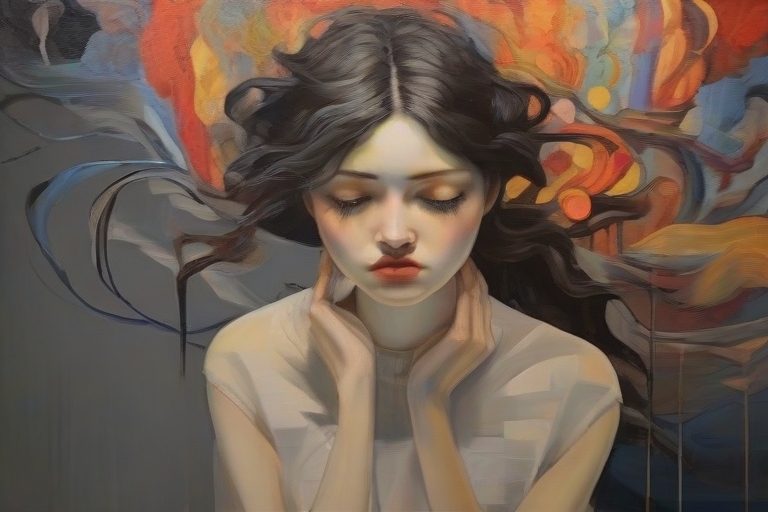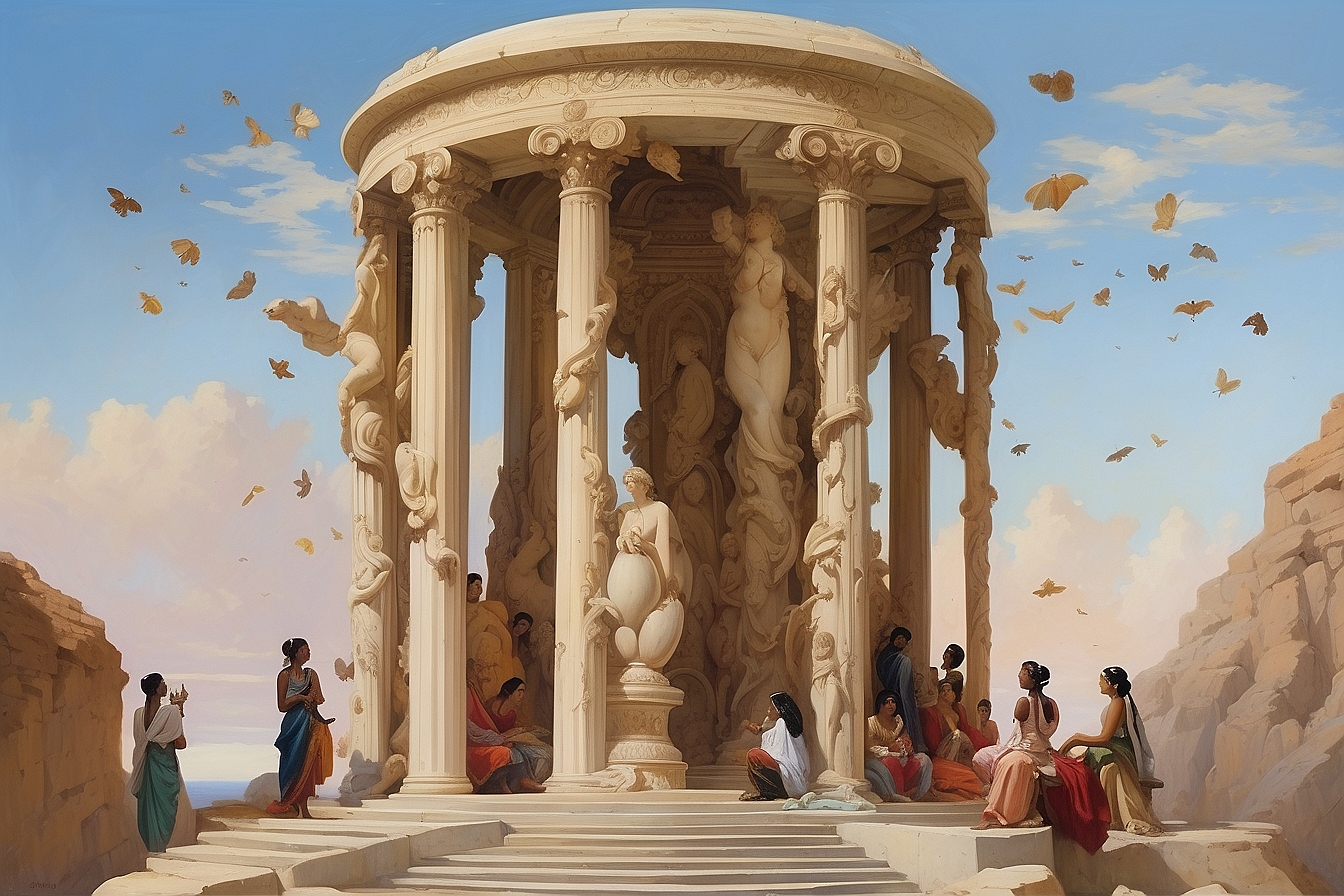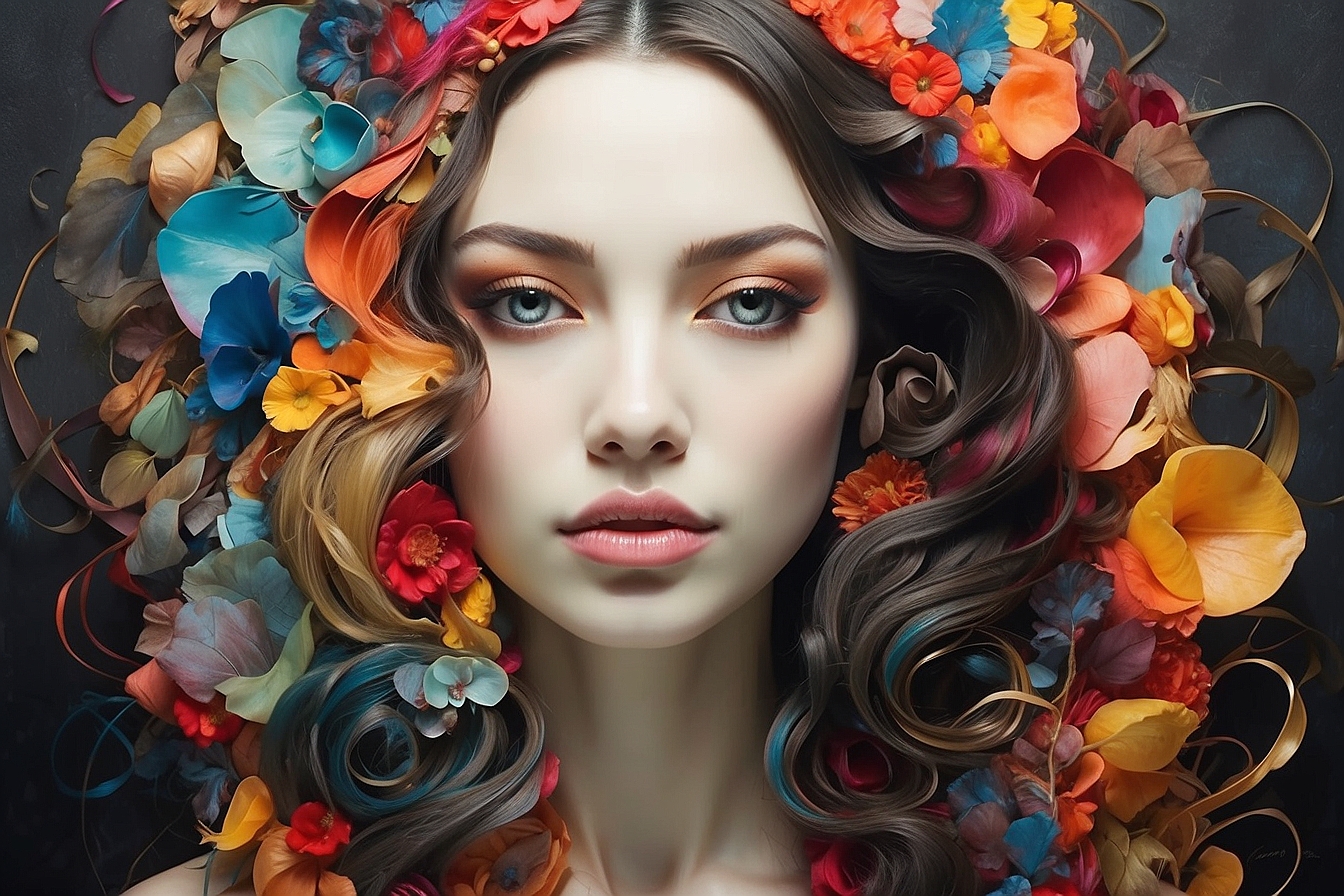Art holds a unique place in human society with diverse creative disciplines shaping culture and self-expression. But the fundamental question – what is art? – has challenged philosophers for ages and remains open to interpretation. To me, art represents the ultimate manifestation of human creativity and emotional resonance.
A subjective concept
Defining art proves difficult as the concept is highly subjective based on one’s social context and personal experiences. The noted art historian Ernst Gombrich concluded that “there really is no such thing as Art. There are only artists.” Indeed, artists across mediums have defied strict categorization regarding what constitutes art based on continual innovation in disciplines like:
- Painting and sculpture: oil, acrylic, watercolor paintings, calligraphy, sketches, murals, collages along with wood, metal, clay, glass sculptures and mixed media
- Music and performance: instrumental songs, vocals, orchestra, electronic, improvisation, concerts, theatre, dance, opera
- Design and architecture: industrial design, furniture, home furnishings, graphic design, photography, architectural projects
- Newer mediums: film, animation, video art installations, AI-generated art
Given endless experimentation combining physical mediums, techniques, and concepts, what constitutes art remains in the “eye of the beholder” based on individual connections formed with specific works.
For instance, Marcel Duchamp challenged standard assumptions regarding art when he debuted his infamous 1917 “Fountain” sculpture consisting simply of a store-bought urinal placed on display. The provocative work became a landmark demonstrating that designed context and intent rather than just technical skill could define art.
Many cultures also exhibit differing attitudes on artistic disciplines. Western societies tended to emphasize fine arts like painting and classical music as superior. Yet, forms like quilting, folk music, pottery, and storytelling found in various indigenous heritages also possess creative and cultural merit. Such examples reveal subjective biases coloring artistic evaluation.
Ultimately art proves defined more by the expressive reaction it evokes rather than characteristics inherent to any object or performance. The generative act seeks to convey symbolic meaning that resonates. As Duchamp noted, “It is the viewers who make the pictures.”
Art as emotional communication
Indeed, art’s subjectivity directly links to its role as a conveyor of human emotion and identity. Both creating and viewing art represent means to process lived experiences by externalizing thoughts and feelings too nuanced for literal description.
A painter translating a traumatic or joyous event into semi-abstract visuals, a poet utilizing verse to capture a romantic heartbreak, a musician wielding instruments mirroring the chaos or tranquility of their mood all demonstrate art’s empathic channel. It imparts the ineffable across barriers via imaginative translation.
Such expression allows individuals to order internal events and connect with others over shared sentiments. Scholars like Sigmund Freud proposed that art provides a psychological outlet to safely confront repressed impulses and come to self-awareness. Viewing art also represents exposure to embodied perspectives unlike our own, expanding ethical imagination.

Importantly, art channels emotion without concrete functionality or truth criteria that otherwise constrain communication forms. This permits more visceral and vulnerable rendering of the human condition achievable through no other domain.
Audience reception depends on individual judgment and willingness to imaginatively engage. A sculpture, passage, or composition carries no absolute meaning except the myriad impressions flowing between creator and observers. Thus art epitomizes an embodied call and response speaking to the depths of human experience despite superficial differences.
The interplay of skill and creative vision
Of course, while emotion serves as art’s core channel, artistic traditions still encompass learned skills and creative vision that distinguish works. These elements work together in generating impactful expression.
One cannot deny artistic talent demands diligent practice and ever-growing technique. Mastering artistic tools and conventions – be they methods for striking guitar strings, coordinating dance movement, applying oil paints, or composing poetic meter – institutes control enabling more precise feeling transmission artists utilize or subvert based on aims.
Simultaneously, genuine creative insight propels artists’ choices. Works universally hailed as masterpieces bear markers like novelty of concept, exceptional execution, and influential movement-sparking that testify to imagination’s ineffable spark at play. Even the most radical “anti-art” contains discernible creative intentionality in how it surprises expectations.
Truly impactful art merges skill channeling emotional complexity with flashes of vision delivering fresh perspective. The conceptual artist Sol LeWitt described this interplay, noting, “The idea becomes a machine that makes the art.” Vision serves as an originating engine while technique constitutes the executed manifestation – both integral to artistic experience.
Given such symbiosis, viscerally powerful works can manifest through nearly endless combinations of ideation and making across any medium. There exist no formulas. Some movements like abstract expressionism placed greater emphasis on spontaneous emotional cadence over strict technical polish while more traditional schools focused on honing representational illusionary skill within established genres. Yet art indifference to formal bounds depends more on how created artifacts hit human senses and psyche.
Art as a pillar of culture
Indeed, art’s very amorphousness permits it to permeate culture itself asoreflection of shared identity. Creative artifacts document the values, stories, and collective memory woven into society’s fabric across eras.
Indigenous totems, Homeric epic poetry, medieval cathedral carvings, Victorian portraits, jazz standards, avant-garde cinema, viral meme graphics all operate as artistic representations bottling the essence of respective cultural moments and motifs. Such works capture in intimate detail the textures of history from glimpses of daily living to pivotal societal transformations that official historical accounts often exclude.
Art also forwards culture itself by spurring solidarity and change. Shared painting, music, poetry fosters common bonds strengthening social cohesion. Meanwhile provocative disruptive works jar conventions to expand notions of normalcy and rewrite marginalized narratives excluded from dominant histories.

Culture and art remain so interlinked that anthropologists consider created artifacts central to understanding erased civilizations. Surviving fragments of sculptures, ceramics, decorative items offer windows into how bygone societies conceived of deities, the afterlife, rulership, and other pillars beyond bare facts. The artifacts operate as artistic encapsulations of intangible cultural DNA – tools of both preservation and evolution.
Indeed it is this cultural DNA – the essence of accumulated memory, identity, and aspiration flowing between creators, societies, and time periods – that art ultimately channels via imaginative imprint. The emotional resonance art triggers relies on primordial collective bonds that shape ways of knowing at depths beyond rational articulation. Art’s power is nothing less than manifesting the human condition made tactile across millennia.
My personal connection
So from my perspective, art represents the pinnacle of human creativity and empathy. It serves as a universal conduit capturing ineffable emotional data and cultural memory beyond logical constraints. One cannot absolutely define art because it emanates from irrepressible imaginative spirit channeling through inspired hands across infinite mediums, disciplines, and eras.
Yet I know art based on how it moves me by externalizing intangible human experiences – be they gathered from past civilizations or fresh moments of inspiration flashing new perception. Like languages eternally shapeshifting, artistic output mutates yet retains ancestral echoes.
When beholding a glowing Rothko canvas, reading Rich’s sensual verses, or listening to the unbridled wail of Coltrane’s sax, I stand rapt in sensorial tunnels linking my fleeting impressions to the cumulative weight of history and the incomprehensible wellspring of creative impulse itself. I am but a brief localized node in a giant network exchanging flows of feeling, vision, and cultural DNA across peoples and ages through art’s singular portal.
In such instants of profound artistic reception, the foundations of my reality momentarily reveal themselves as something immense, in flux, yet rooted by perpetual creative acts sending signals straight from the restless core of human existence.
So while I cannotdefine art definitively, I know art defines me inexorably through unpredictable empathic signals and embedded layers of collective memory indelibly coloring my consciousness. I am art, art is me, art is us – an emotive conduit without beginning or end.
